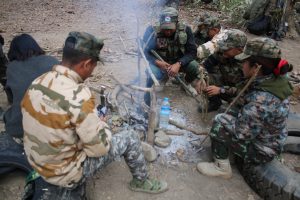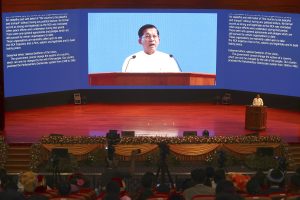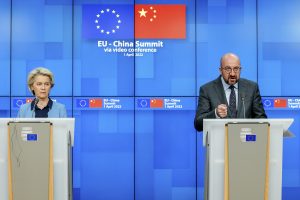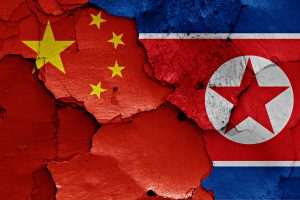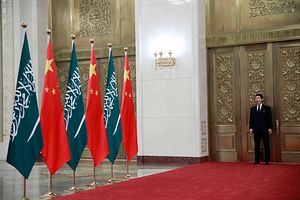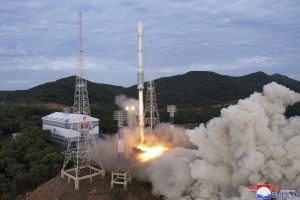Walter Russell Mead
Is Israel’s war with Hamas a war crime? At a recent (entirely civil and non-confrontational) event at Bard College, a student suggested that this was the case. After all, there have been at least 11,000 casualties since the Oct. 7 terror attack that launched the war, and the majority dead have been civilians. Thousands were children. How, the Bard students and many of their peers around the country and the world ask, could all this not be a war crime? And even if Hamas’s initial attack was itself a war crime and not a “legitimate act of resistance against an occupying power,” isn’t the larger loss of civilian life in Israel’s subsequent attacks just as bad?
I could have turned the session into a debate about the underlying merits of the Palestinian and Israeli causes or a technical discussion of the laws of war. Instead, being a professor, I turned the discussion to the history of war. One night in March 1945, U.S. planes dropped incendiary bombs over Tokyo killing tens of thousands of Japanese civilians. Incomplete estimates from Japan put the total death toll from allied bombing raids as high as 500,000. All told, there were an estimated 38 million civilian deaths in World War II, more than twice the approximately 15 million deaths of soldiers in combat.
As for the treatment of enemy civilians, at the 1945 Potsdam Conference the U.S. agreed to the forcible removal of about 12 million Germans, again largely civilian and many children and elderly, from lands their ancestors had inhabited for centuries. Many of the expulsions took place in winter amid terrible scenes of hunger and deprivation, all while mass rapes of German women slowly subsided across the Soviet zone of Germany.
Lawyers and legislators can debate whether these actions constitute war crimes, but as Cicero put it more than two thousand years ago, “inter arma enim silent leges.” Roughly, that translates as the “laws go silent when armies clash.” Or as William Tecumseh Sherman put it more succinctly, “War is hell.”

